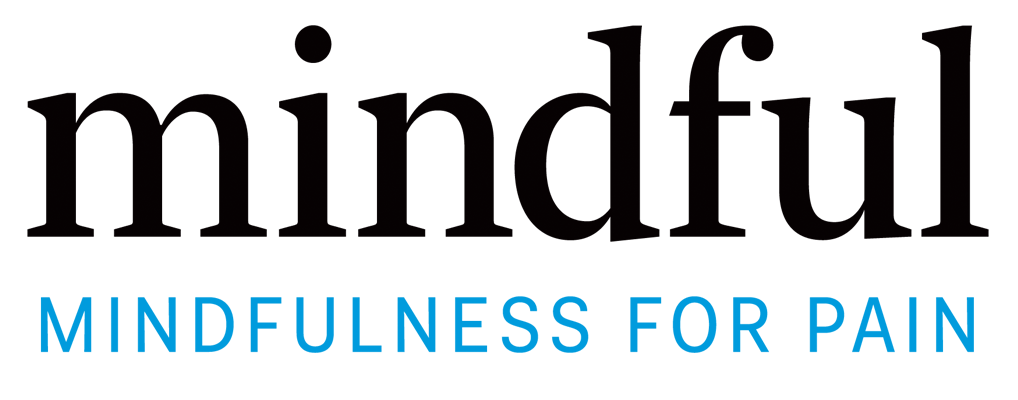Listen to the article
Alicia and her husband were on a weekend visit to his sister Joan and Joan’s husband Terry. They were out for their usual afternoon walk on a nearby beach on a lovely sunny day. Lately, Alicia had been feeling twinges of nerve pain down her leg every now and then, but she didn’t think much of it. But on this day, the pain became so unbearably intense that she had to sit down.
When it didn’t let up, she had to tell the others, “I’m sorry, I can’t keep going. You go along, and come back and get me when you’re finished.” She had kept the pain to herself for as long as she could stand it, but now having admitted it, she felt deflated and dejected.
Not wanting to leave her alone, the whole group gave up on the walk. Alicia felt embarrassed, and strangely, even a little bit ashamed, despite having had a completely understandable reaction to her pain. As a result, she found herself wanting to be alone and left alone to nurse her pain and her wounded pride.
When pain gets in the way
The pain subsided a bit that day, but after she flew home, it came back again, just as strong. Her daily walks in the park had to be cut out. This pain would get worse, and then much worse, rarely giving her any respite, and making walking, lying down, sleeping, and sitting in most positions extremely uncomfortable. An MRI showed substantial disc deterioration in her spine, which was common in her family. After many nerve block injections and an operation, the pain had barely subsided. Her doctor prescribed increasing doses of pain medication, which reduced the pain to a certain extent, but the side effects caused their own kind of pain. Alicia was now using a walker and could not complete a whole grocery shopping trip without stopping to sit on the walker three or four times. The pain medication severely decreased her appetite and left her constipated.
Her husband Tom was supportive and learned not to simply repeat empty phrases like, “It’s all going to be all right,” or, “Don’t think about the pain so much.” He was a good listener and didn’t pretend that he shared her exact experience. The level of her pain was hard to communicate to someone who had not been there. He knew that.
The level of her pain was hard to communicate to someone who had not been there.
But friends and other relatives were not always so sensitive to what’s truly helpful to a person in chronic pain. When Alicia would see friends at parties or bump into them while shopping, they peppered her with questions and lots of advice about this or that treatment or what they saw a doctor say on TV. Finding no one who could understand her, and annoyed by all the worthless attention she drew when she went out, Alicia stopped going out and stopped inviting anyone over. Tom knew Alicia needed alone time to process what she was going through, but was this much isolation healthy?
Alicia spent the better part of a year rarely going out. (She shopped at times when she knew no one would see her.) When the time came that her doctor recommended she go back to work, she arranged to work from home. On the rare occasions she went into work, she avoided conversation. Friends called, but Alicia didn’t answer and didn’t return the calls.
Her doctor prescribed visits to a physical therapist to learn exercises to keep her range of motion from decreasing. Alicia’s therapist was upbeat and proactive. She listened. She never preached, but she would gently nudge Alicia. She suggested she join a pain support group that met twice a week run by a physical therapist, a psychologist, and an occupational therapist.
Building a circle of support
The psychologist invited a meditation teacher, who introduced short periods of mindfulness meditation, simply paying attention to her body and her breath. While it didn’t make the pain go away, it helped her to have some mental breathing space to feel her emotions more clearly. After leading the group in mindfulness practice, the leader encouraged participants to discuss feelings afterwards. By hearing what she was saying out loud to others and listening to what they had to say, Alicia reached a conclusion: I need friends!
It was at that point that Alicia was ready to hear about how helpful it could be to develop a circle of support, which included family, friends, and skilled professionals who had her best interest in mind and would provide genuine support, not just prying questions and uninformed advice. They would focus not on her fragility, but rather on her resilience: what she could do, not what she couldn’t do, who she was now, not who she had been—the new normal.
Once she was resolved to develop a circle of support, she found friends reappeared who were ready to accept her as who she was, to be with her through her ups and downs. She also learned from the professionals some applied mindfulness skills to protect herself from unwanted attention at social events.
Over time, her short periods of mindfulness practice—which gave her some of the alone time she still very much needed but free from obsessing about her pain—helped her to see that she hated and rejected the idea of being cared for, but that it was time to get over that hurdle. Everyone needs help, some more than others, and plenty of people are happy to offer it. Accepting care is a gift both to oneself and to the person offering care.




